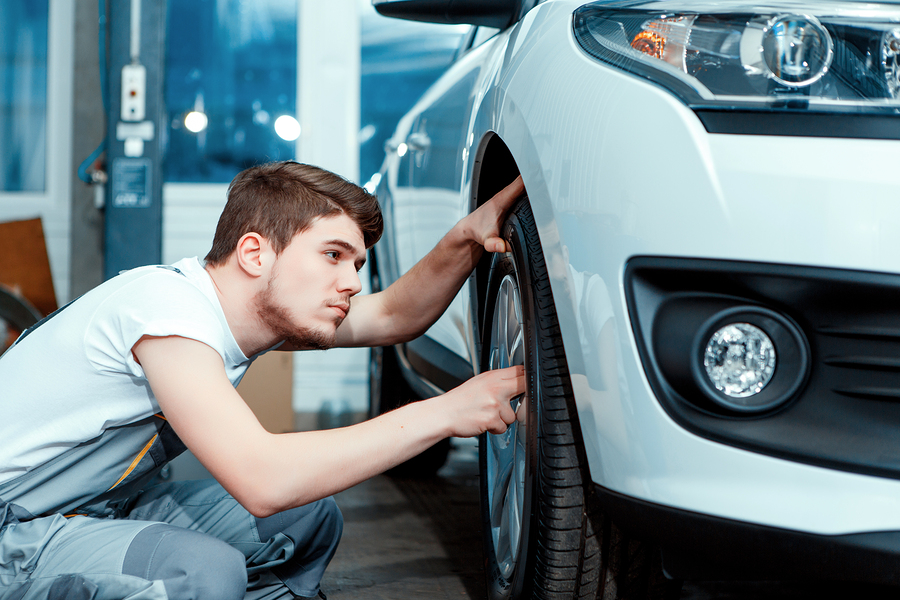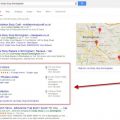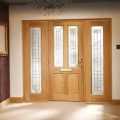When shopping for a pre-owned car, there are dozens of details that you need to pay attention to, including but not limited to mileage, oil level, appearance, etc. However, very often people forget to check such important part of any car as tires. You know that tires affect the whole efficiency of a vehicle, including braking system, overall feeling of comfort as well as fuel economy. For this reason we created a list of hints to help you verify quality and condition of tires when buying a pre-owned car.
Tread Depth
First of all, it is important to verify the condition of tread and the amount of it. If there is too little left, you risk being compromised in wet or snowy conditions. The condition of thread significantly influences the final price of pre-owned vehicles. According to experts, if you have tires with less than 2/32 inches of tread left, they must be replaced. However, you can check this site to buy tire options for your pre-owned vehicle because in many cases buying a car with bad tires can be financially more effective than a car with new tires.
Uneven Wear
It is natural that over time tires wear and tread diminishes. However, if you see uneven wear of tread on the tires, it is a bad sign. As a rule, it means that a vehicle has some kind of mechanical problem or that the previous owner did not care much about its maintenance.
Professionals in automotive industry explain that the most common problems that are the reason of uneven tread wear are improper alignment, suspension or drivetrain problems. For the future maintenance of a car make sure that you carefully and regularly rotate the tires to avoid such problems.
Proper Size and Type
One of the most common mistakes that buyers make is not checking “identities” of tires. Very often pre-owned cars are sold with different tires on different sides which is definitely not an advised thing to do. It is essential that a vehicle has identical tires because otherwise you risk buying a pre-owned car with jeopardized handling, compounds, and tread patterns.
The law strictly identifies that one vehicle must have the same type, size, and model of tires for all four axles.
Age and Condition
The general age apart of the wear is also a very important thing to pay attention to. For instance, some sellers install new but very old tires for the cars sold making it basically impossible to use a car after purchase because the tires are out of order. When buying a pre-owned car look for the condition of tires. The most common red flags include but not limited to hairline cracks or bulges in the sidewall that may happen as a result of UV, sunlight, and environmental exposure as well as extreme heat or cold. If you see these signs, be ready that after purchase you will have to buy new tires for your newly purchased vehicle.



























No Comments
Leave a comment Cancel